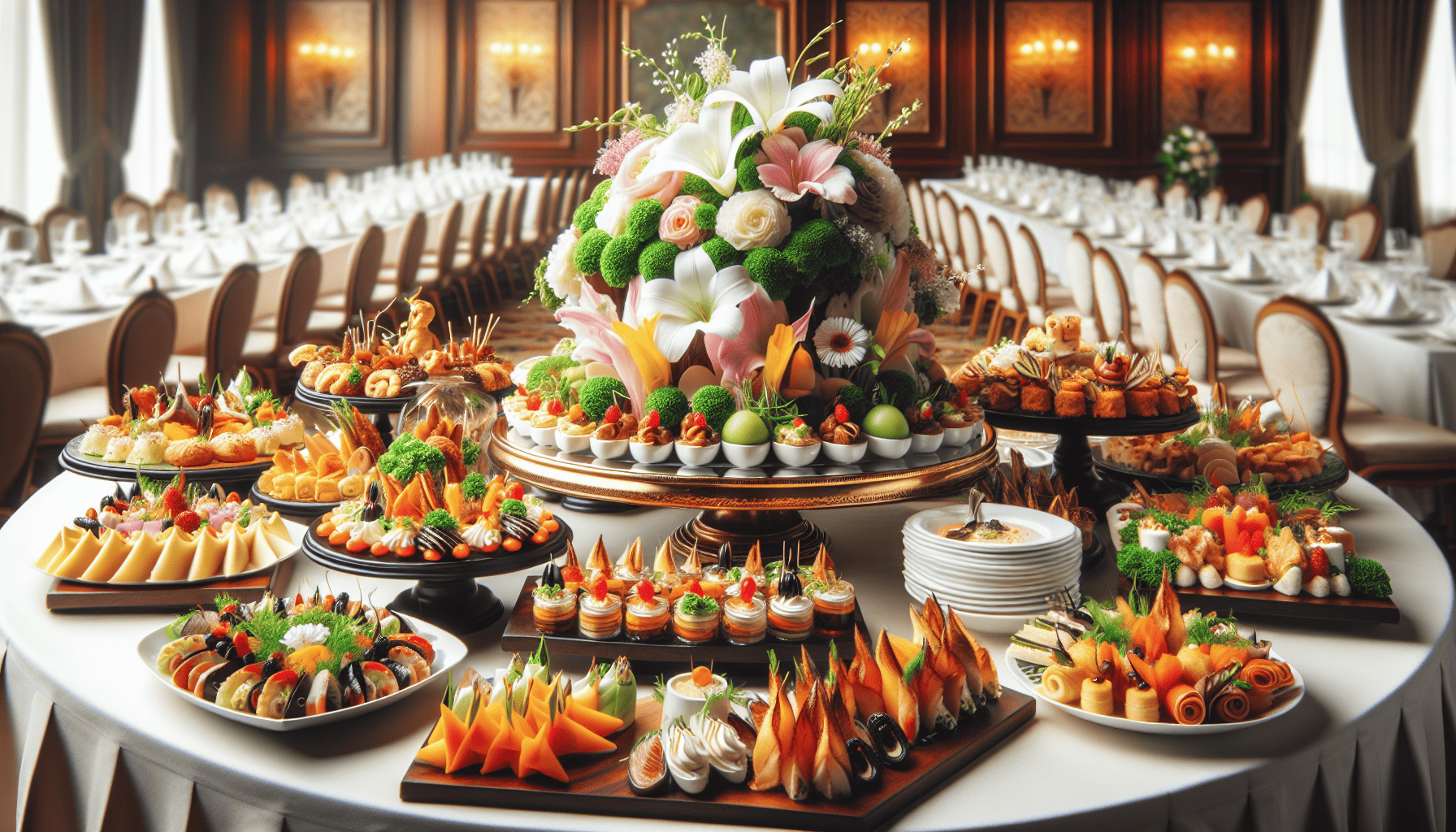Creating the perfect buffet involves more than just serving food; it's about crafting an experience that leaves a lasting impression on your guests. Whether for a wedding, corporate event, or intimate gathering, a well-executed buffet can cater to varied tastes and preferences, offering something for everyone. Here's a comprehensive step-by-step guide to help you design an unforgettable buffet experience.
Step 1: Understanding Your Audience
Before diving into the details, it's crucial to understand your audience:
- Guest Count: Determine the number of guests. This influences the amount of food and the size of your serving area.
- Food Preferences: Consider dietary restrictions and preferences. Provide options for vegetarians, vegans, and those with gluten or lactose intolerance.
- Event Theme: Tailor your menu to match the event's theme or setting, whether it's formal, casual, tropical, or seasonal.
Step 2: Crafting the Menu
The menu is the heart of your buffet:
- Diversity and Balance: Offer a variety of dishes, including appetizers, main courses, sides, and desserts. Ensure there's a balance of proteins, carbohydrates, and vegetables.
- Flavor Profile: Incorporate a mix of flavors—savory, sweet, spicy, and tangy—to keep the palate engaged.
- Seasonal Ingredients: Use fresh, seasonal produce to enhance the quality and taste of your dishes.
Step 3: Designing the Layout
A well-planned layout ensures smooth guest flow:
- Station Setup: Arrange food stations or sections for specific courses (i.e., salad station, carving station, dessert table).
- Accessibility: Ensure all dishes are easily accessible and well-labeled to avoid confusion and accommodate dietary needs.
- Utensils and Plates: Place cutlery, napkins, and plates at the beginning of the line or at each station.
Step 4: Visual Appeal
The presentation is as critical as taste:
- Theme Décor: Use decorations that complement the event's theme. Consider table linens, floral arrangements, and elegant serving ware.
- Food Display: Arrange dishes at varying heights to add dimension. Use garnishes to add color and creativity.
- Lighting: Enhance the visual appeal with strategic lighting. Warm lights can create a welcoming atmosphere.
Step 5: Efficient Service
Streamline serving to minimize wait times:
- Replenishment Strategy: Monitor food levels and have staff ready to replenish dishes without disrupting the flow.
- Assistance: Have servers or attendants available to assist guests and maintain cleanliness around the buffet.
Step 6: Adding a Signature Touch
Leave a personal mark that makes the event unique:
- Interactive Stations: Include live stations like a carving block, pasta bar, or a personalized dessert counter to engage guests.
- Local Flavors: Incorporate signature dishes or specialties from your local area to offer guests a taste of the region.
Step 7: Feedback and Refinement
Post-event feedback is invaluable:
- Guest Feedback: Collect opinions from guests to understand what worked well and what could be improved.
- Self-Assessment: Reflect on the execution—timing, workflow, and guest satisfaction—to make adjustments for future events.
Creating a memorable buffet experience is about blending creativity with practicality, ensuring a delightful journey for the taste buds while providing a feast for the eyes. With careful planning and attention to detail, your buffet can become the centerpiece of any event, leaving guests talking about it long after they've left.
